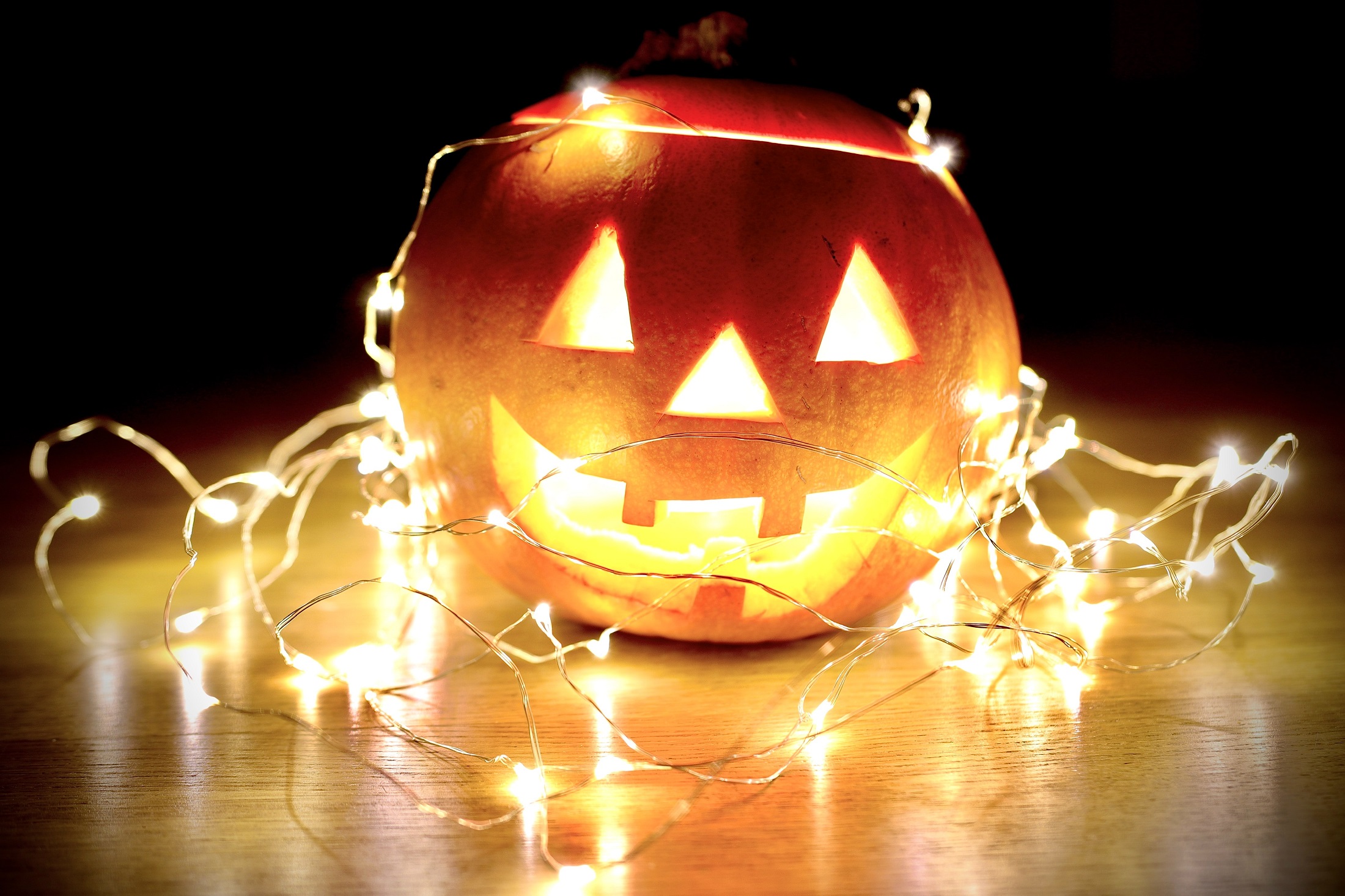Halloween histories

Photo by Lukasz Niescioruk
Normally when folks discuss wearing masks in the middle of fall, they tend to be talking about trick-or-treating.
With COVID-19, however, we’ve entered an autumn filled with some spooks much scarier than ghosts, goblins or vampires.
If you’re like me, you’ve always adored Halloween: there’s something to be said for having easy access to candy and getting an excuse to dress up in something silly or spooky.
There’s no word on what Halloween might look like this year, with the world in the middle of a major public health crisis, we may have a more muted season of scares.
There’s no reason though that we can’t observe the holiday in different ways, and come to appreciate the years of mythology and history which make up the legends we today might take for granted.
Here’s a little look into the histories of a few Halloween favourites of the Kerby News editorial staff.
The Headless Horseman
One of the spookier images associated with Halloween and autumn has been featured in a number of stories, tales and movies across popular culture: the Headless Horseman.
A mythical figure of legend depicting a decapitated man on horseback either carrying his former “cap” or utterly without head whatsoever, the Headless Horseman is often associated with the story “The Legend of Sleepy Hollow.”
Hollow is a fictional short story written by Washington Irvine in 1820, set in post-Revolutionary War New York. The Headless Horseman featured here is supposedly the ghost of a German soldier serving under the British army during the Revolutionary war whose head was untimely removed by a stray cannonball, and who “rides forth to the scene of battle in nightly quest of his head.”
However, despite its common association with The Legend of Sleepy Hollow, the imagery of a Headless Horseman goes back much further in history and mythology.
In both Irish and Scottish Folklore, the tale goes back much further, into the Middle Ages. The Irish depiction tells the tale of the “Dullahan” or “Dulachán,” meaning “Dark Man,” which appears not as a ghost, but rather as a demonic fairy, sometimes driving a black carriage in lieu of manning his own horse.
In Scottish tales, the Headless Horseman details the story of a man named Ewen, who lost his head in a battle of clans on the Isle of Mull. Having died without earning his right to being a leader of his clan, accounts say he and his horse now haunt the area.
The Wendigo
Perhaps you’ve heard of the Wendigo — a uniquely North American and Indigenous story, and although some might think of Bigfoot when they hear the name, the two have little — if anything — to do with one another.
The Wendigo is an evil spirit in the traditional beliefs of the Algonquin, Cree, and Naskapi, found within Nova Scotia, Eastern Canadian and the Great Lakes Region. The source behind the English name for the spirit comes from the Ojibwe word “wiindigoo” or the Cree word “wetiko.”
Descriptions vary between sources: some describe the Wendigo as being emaciated and skeletal with others stating the Wendigo to be of giant proportions. Pointed teeth, a rancid smell and animal-like features are other commonly described traits.
The Wendigo embodies gluttony and greed, never full and always hungering for more. In some stories, humans who were consumed by greed or engaged in cannibalism could be turned into Wendigos by being possessed by a Wendigo spirit.
The Canadian Encyclopedia writes that the tradition was used to teach the value of working as a community in times of famine and hardship. Modern iterations, such as in the film “A Windigo Tale” use the creature as a metaphor for the horrors of residential schools or European colonization.
Samhain
Samhain is the Gaelic festival marking the end of the harvest season and the beginning of the darkest months, traditionally celebrated on Oct. 31, and has its origins in the pagan Celts.
At this time, the Celts would hold great gatherings and meetings, feasting and drinking alcohol, holding contests and raced horses, recorded in written literature as early as the 10th century. The act of “guising” — going door to door in disguise and receiving traditional gifts — was also recorded as part of Samhain festivities.
According to mythology, Samhain was the period when the “doorways to the Otherworld” opened, allowing the souls of the deceased and another supernatural creatures to come into the world of the living.
In the Medieval era, the Christian church changed the date of what was called All Saints’ Day to Nov. 1 with All Souls’ Day becoming Nov. 1. Over time, the combination of these holidays, combined with emerging Christian influence in Celtic culture, formed what we now know to the modern Halloween, with the concept of “guising” molding and changing into the modern process of “trick-or-treat.” Some modern wiccans and neo-pagans, however, still observe the traditional holiday of Samhain at the end of October.
In Samhain, the modern Halloween and the Christian influence of All Saints Day, we can observe how holidays and traditions change form over time, combining influences from a variety of cultures and backgrounds, into what we now celebrate in contemporary society.
